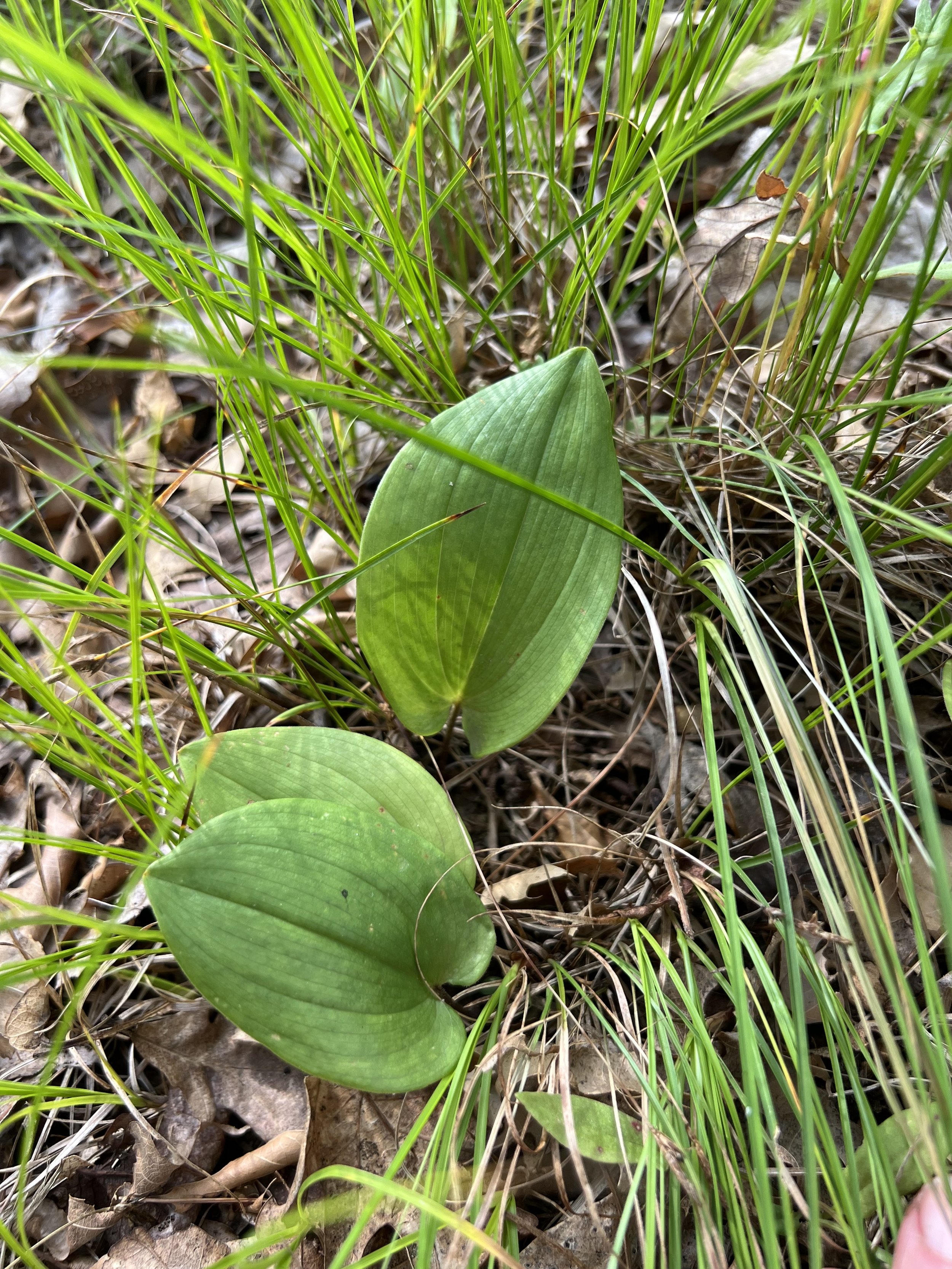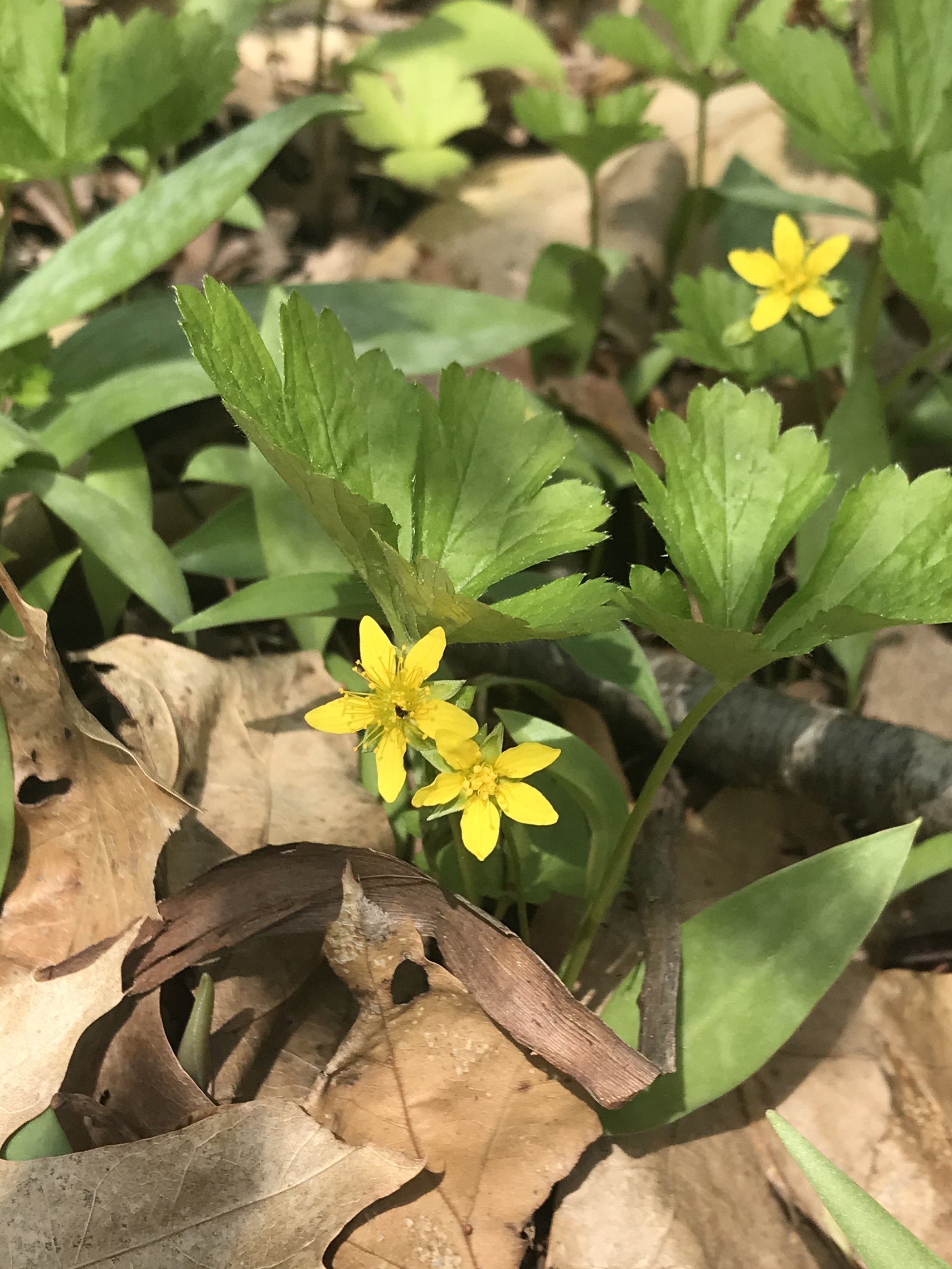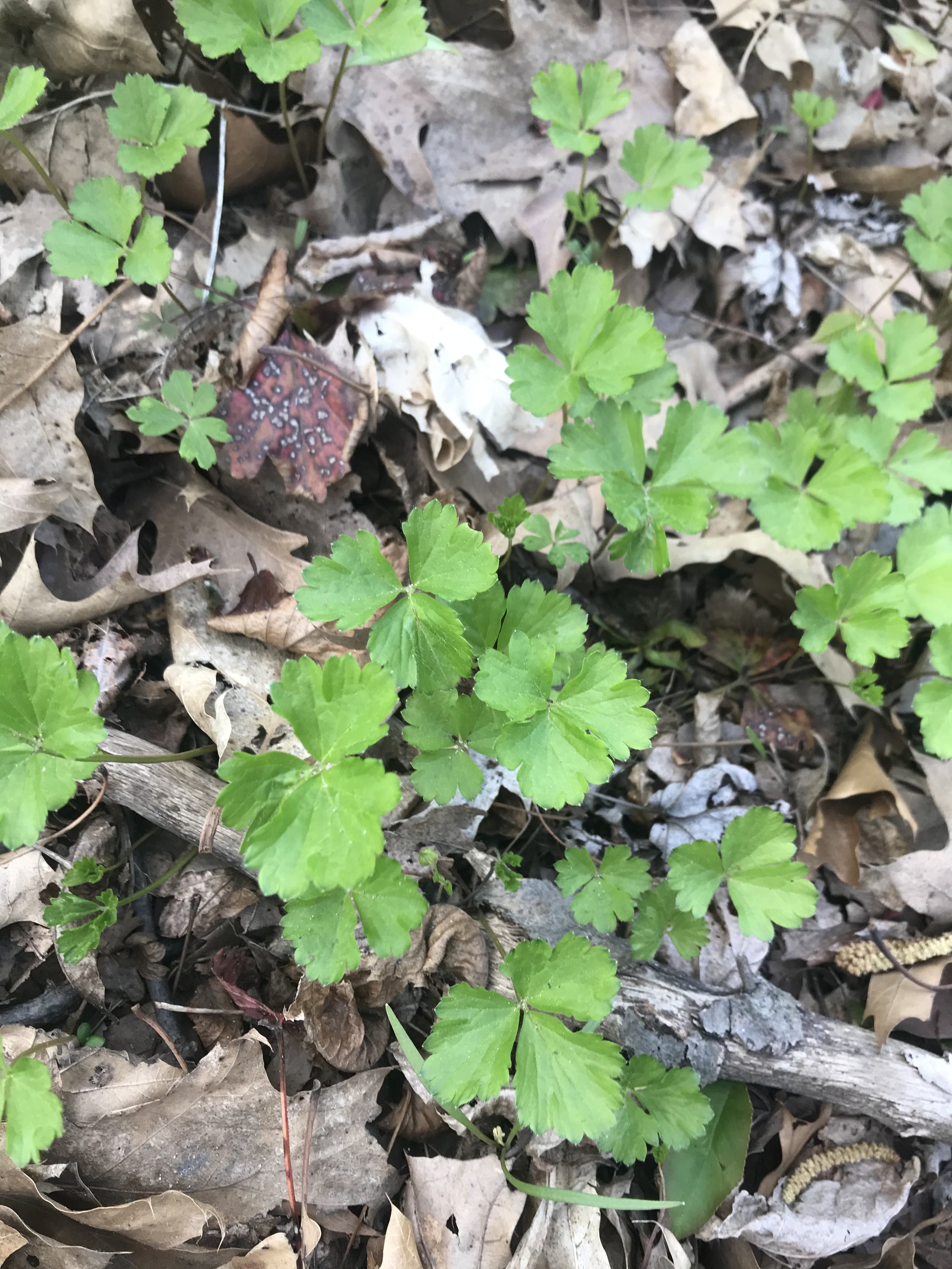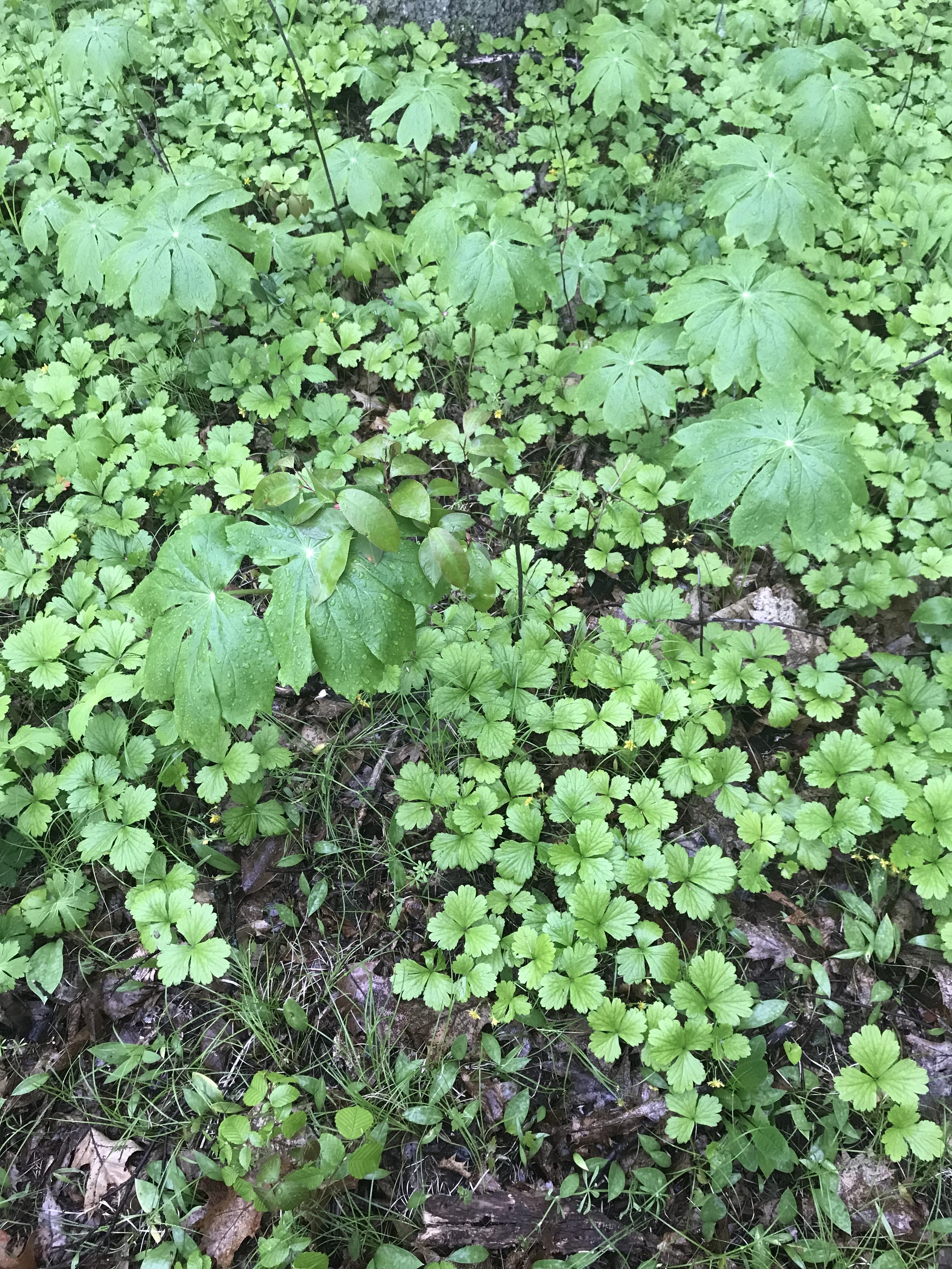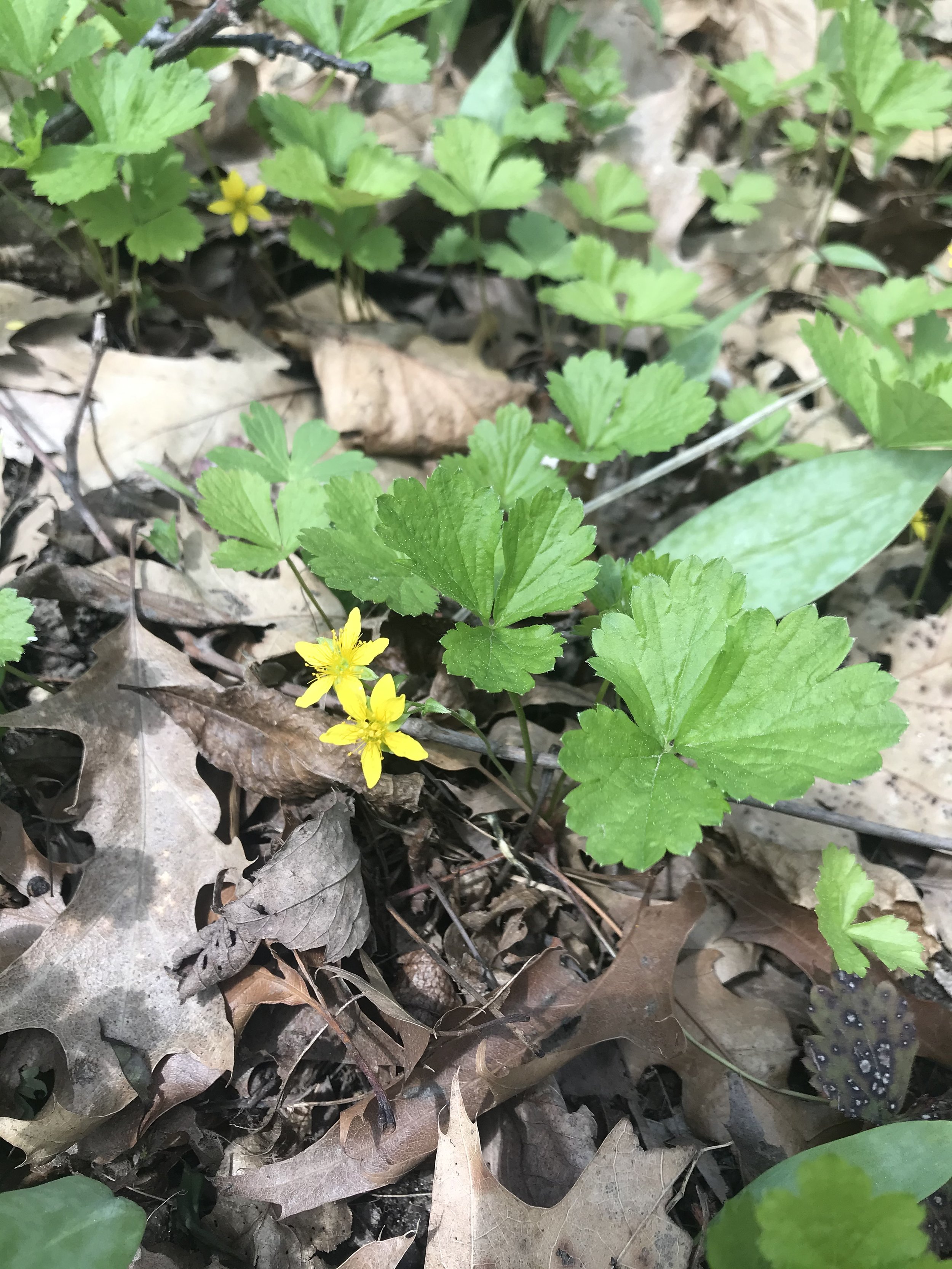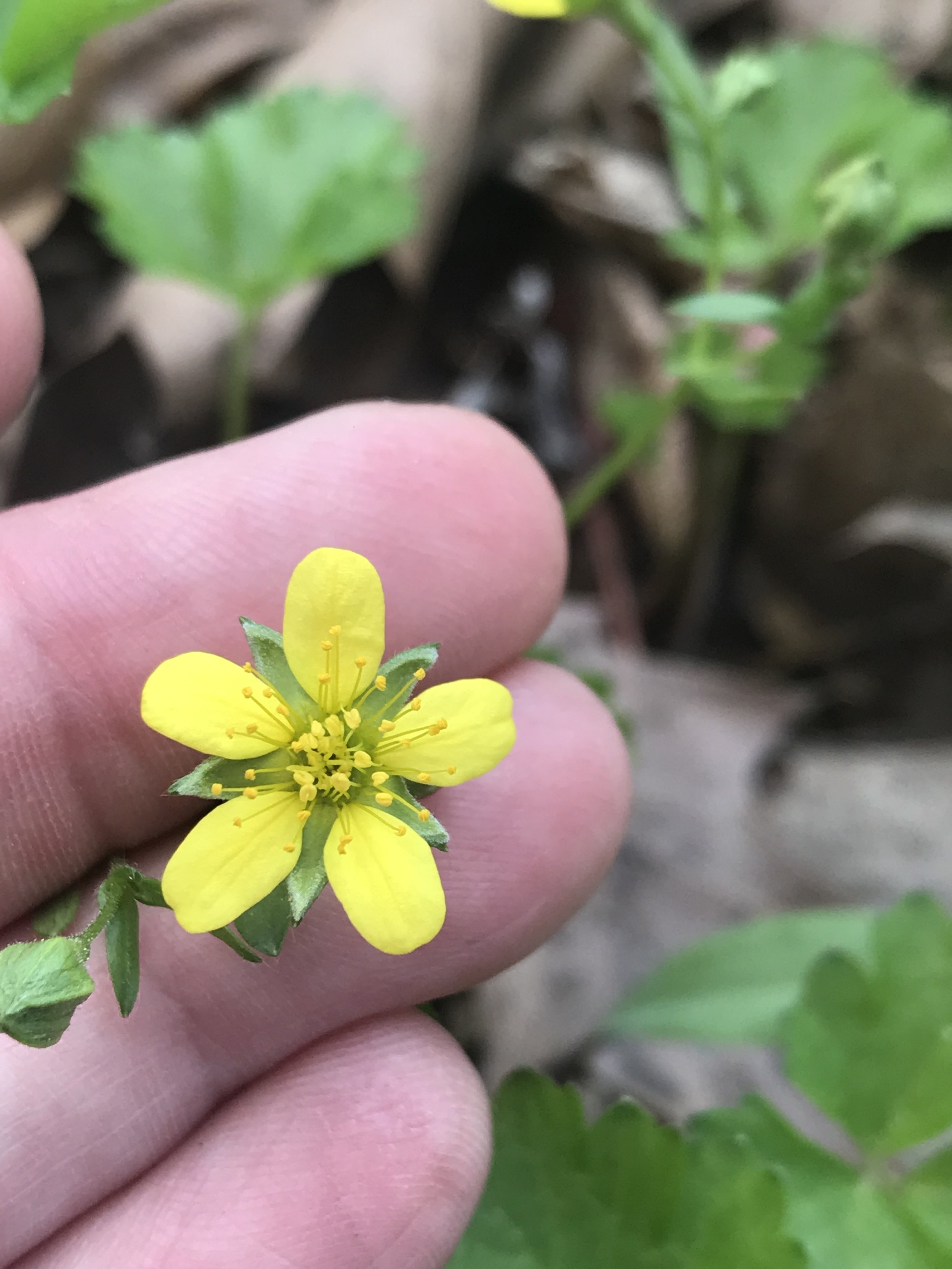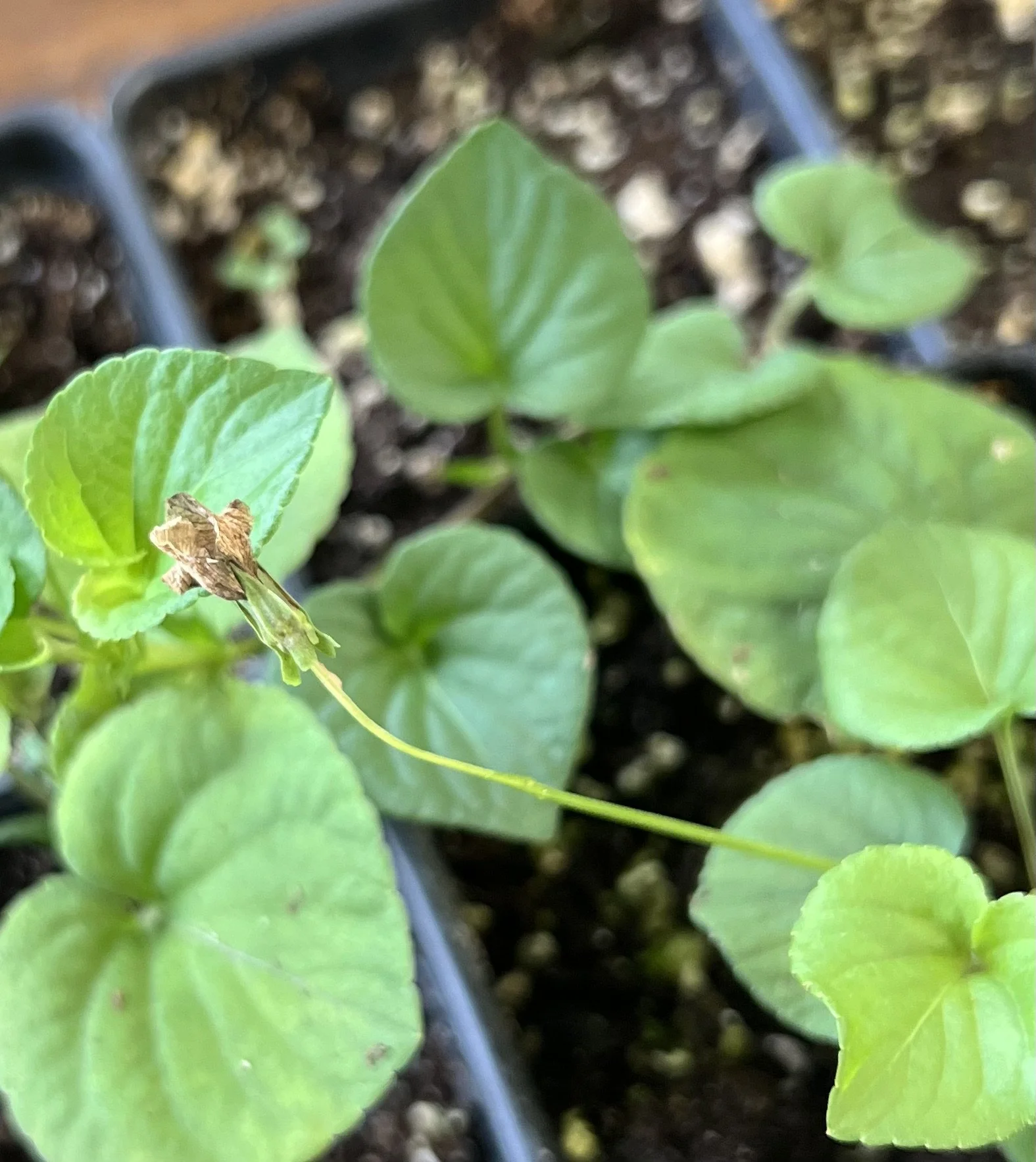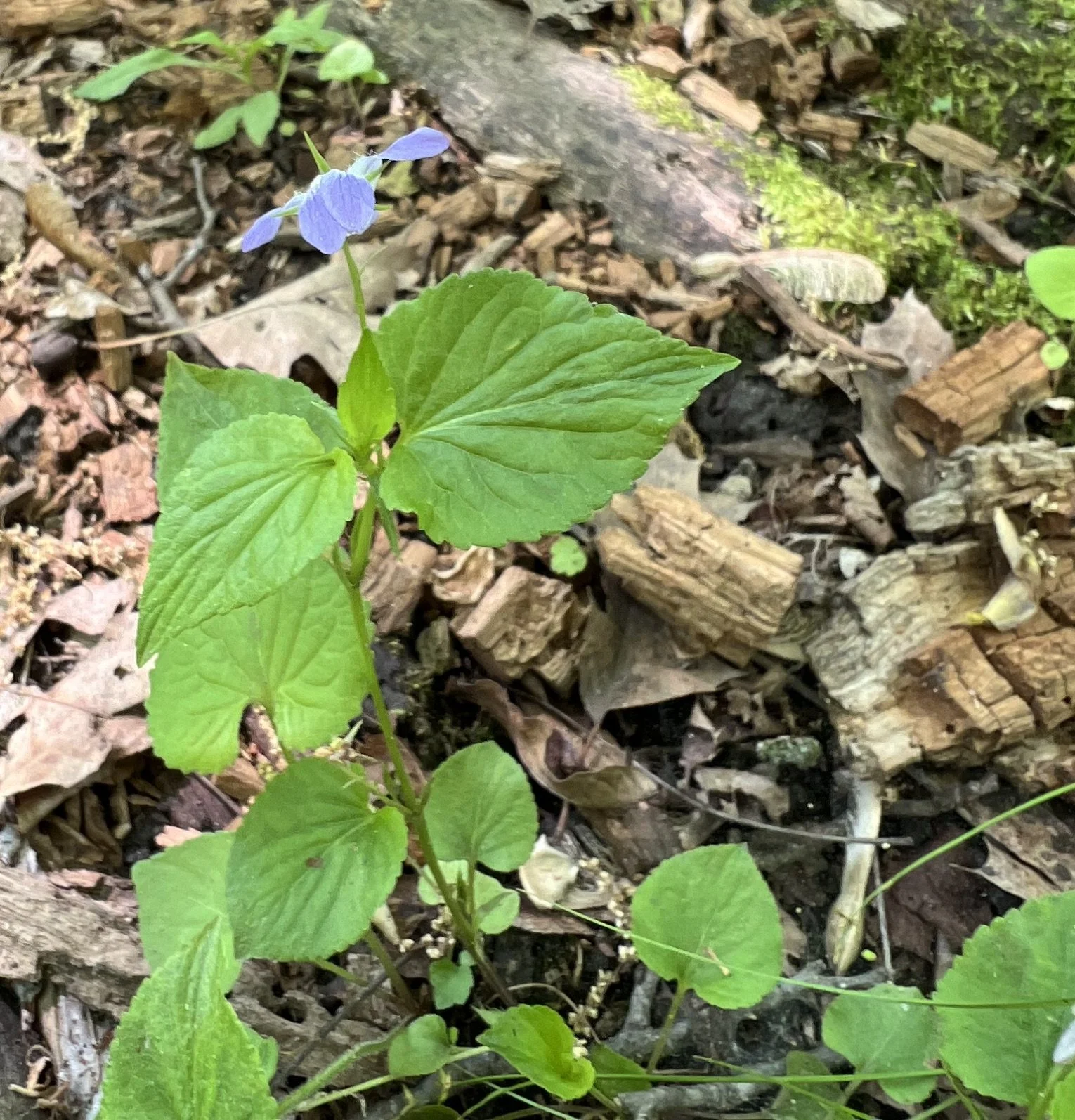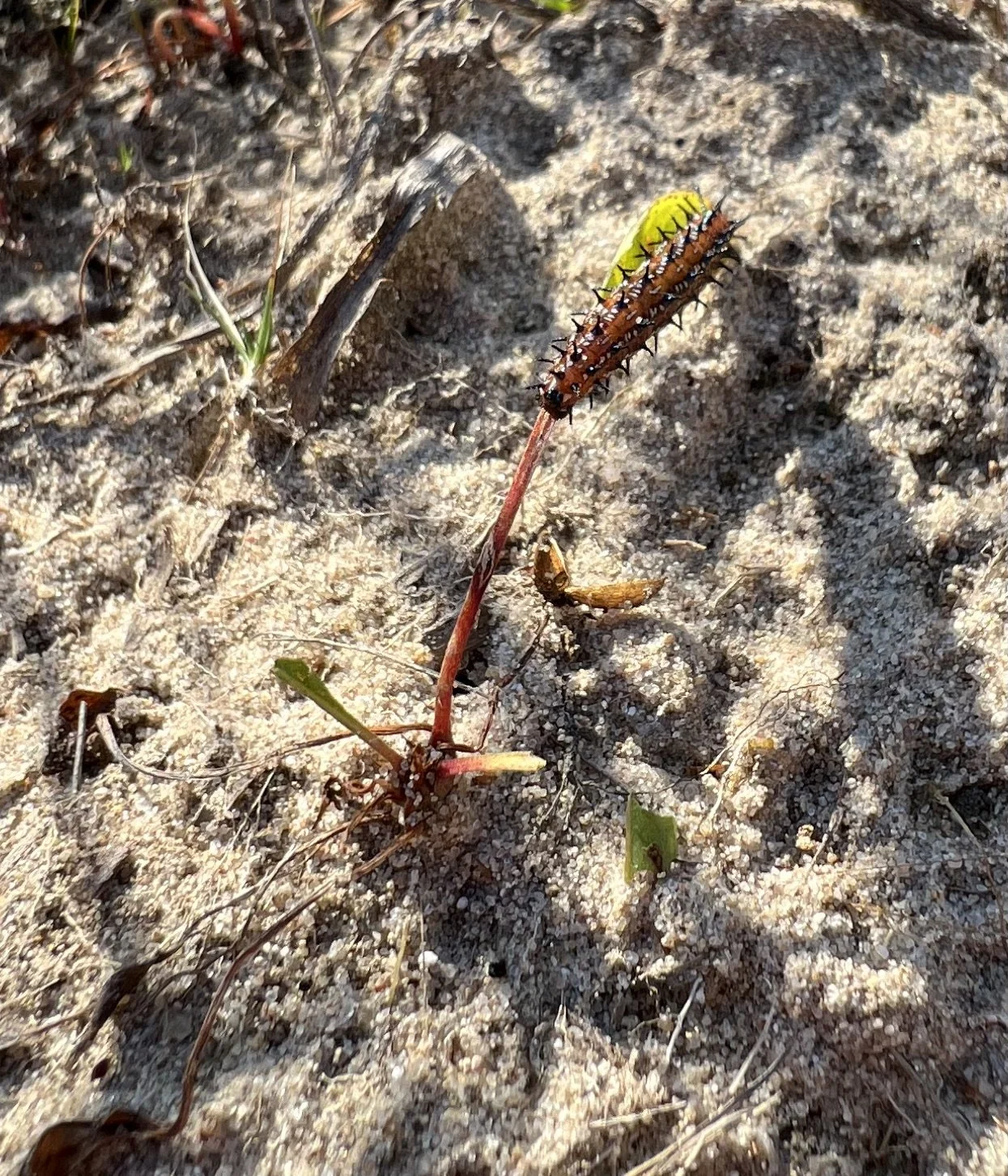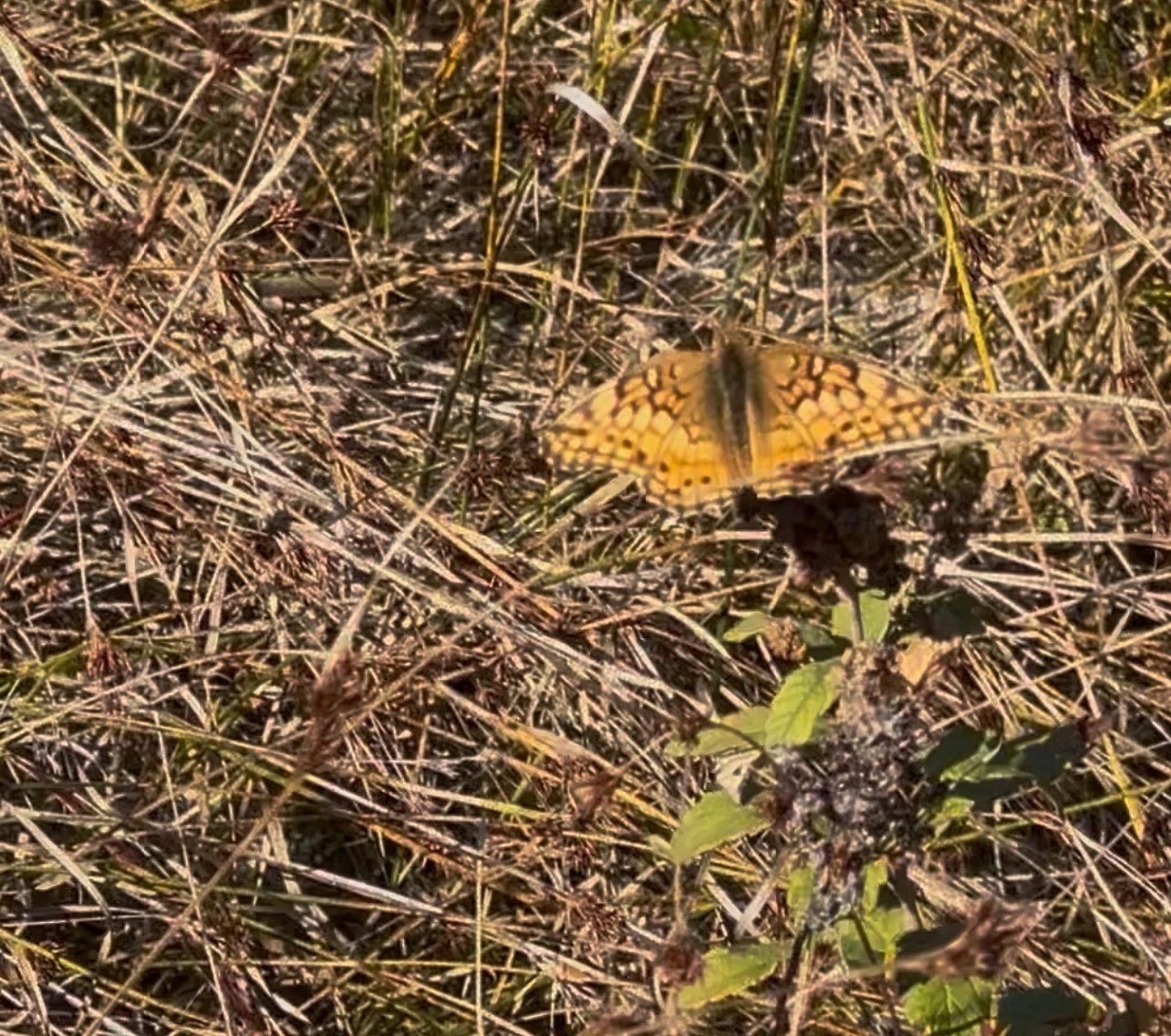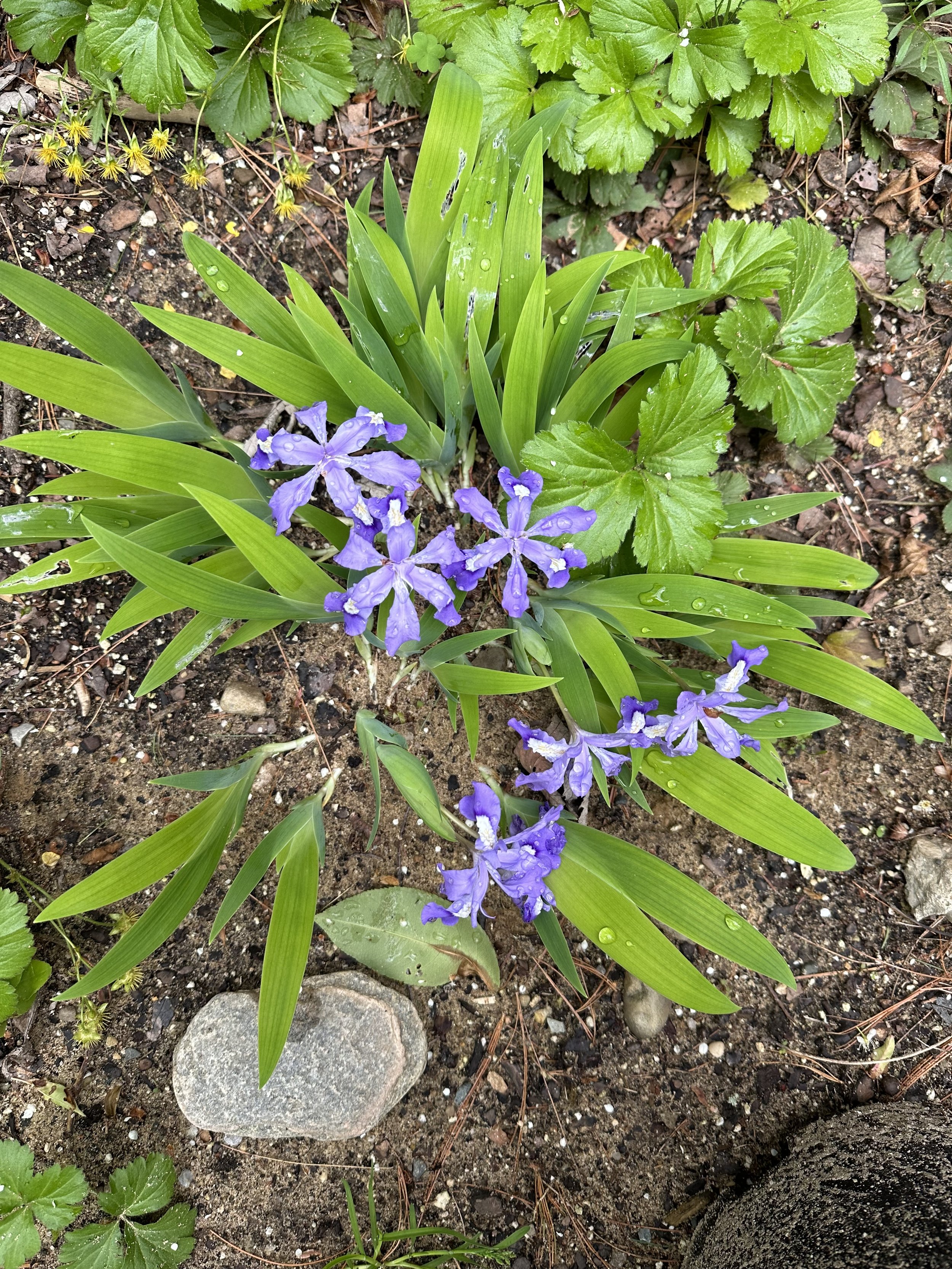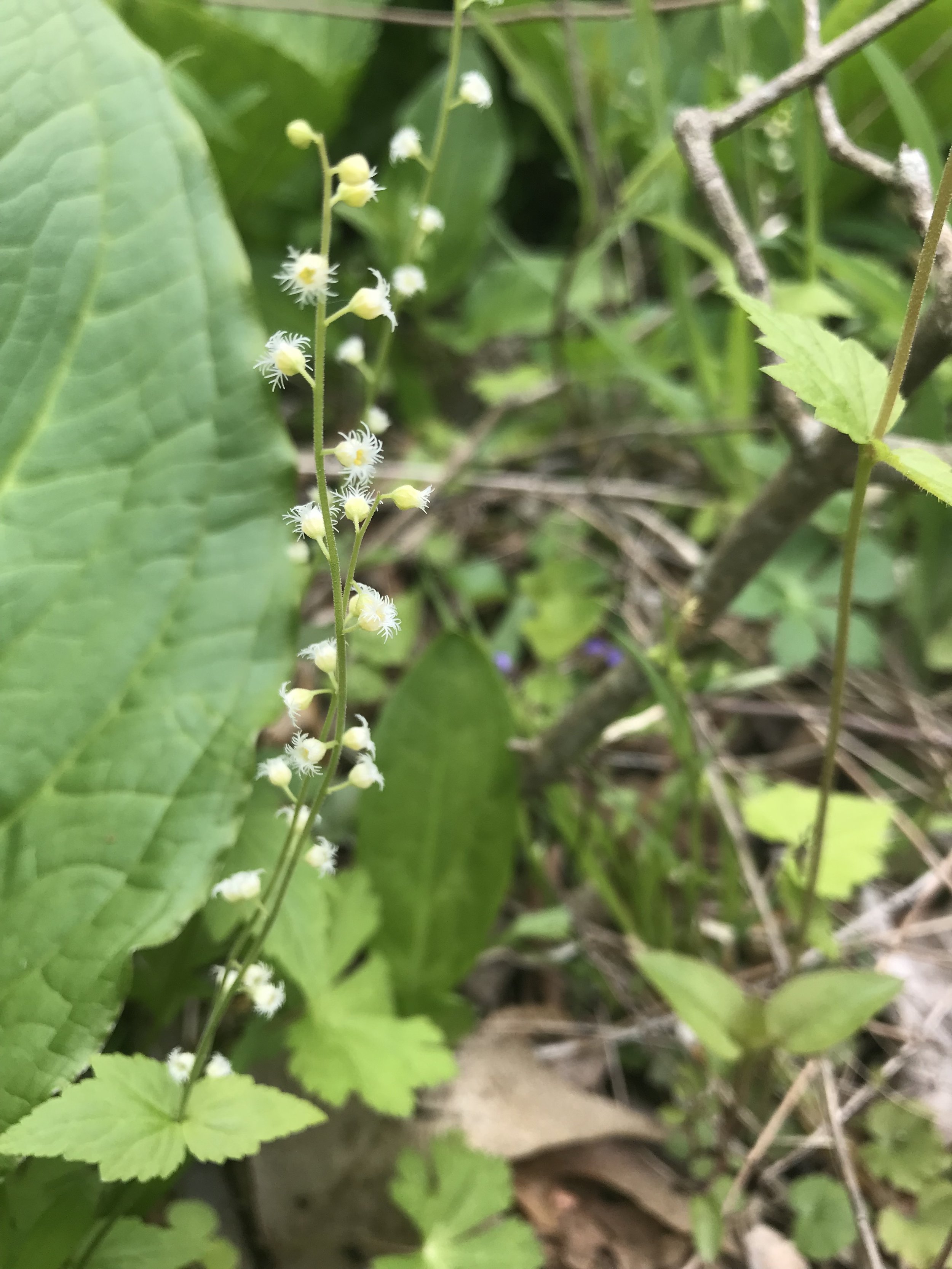 Image 1 of 9
Image 1 of 9

 Image 2 of 9
Image 2 of 9

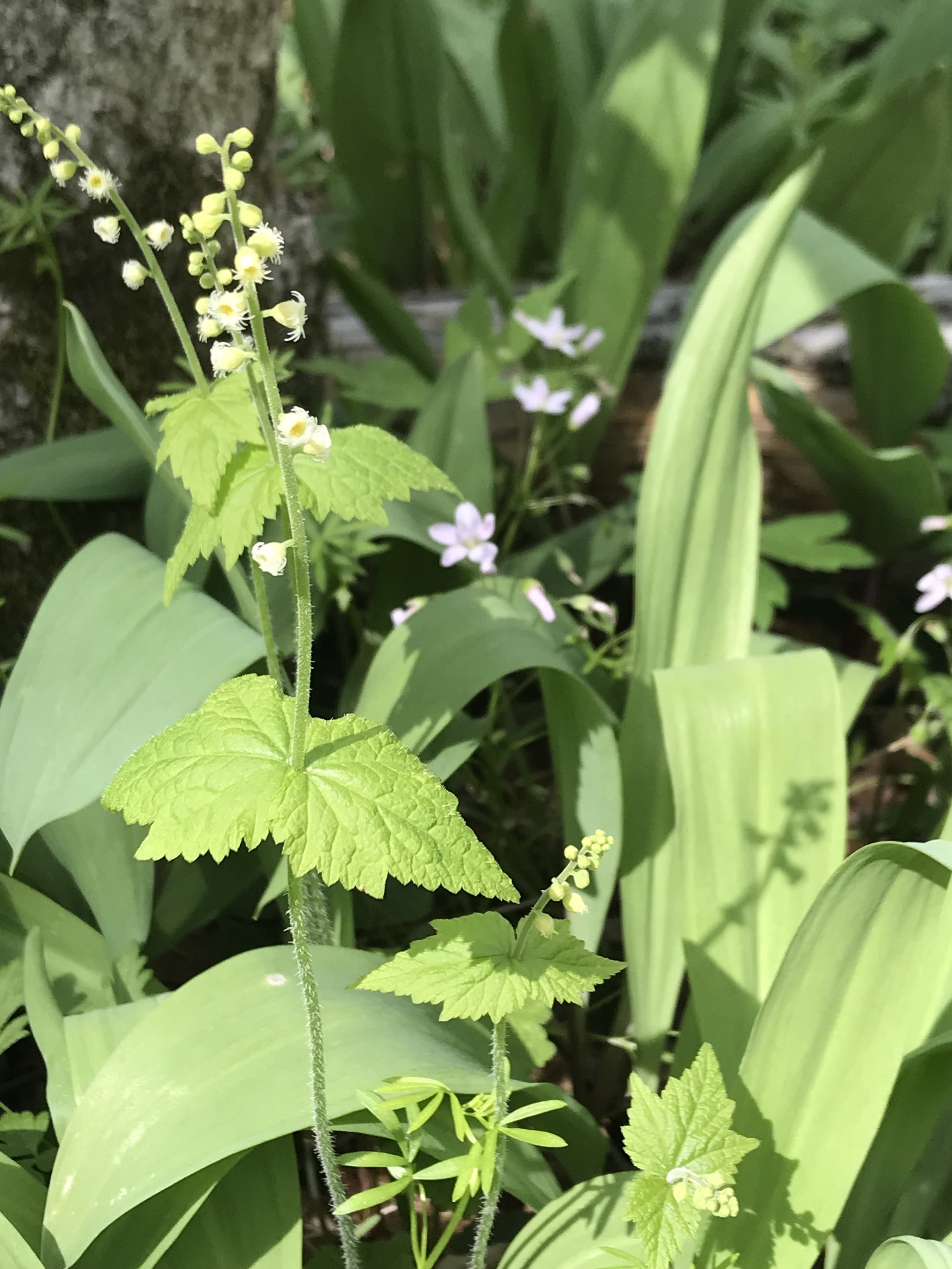 Image 3 of 9
Image 3 of 9

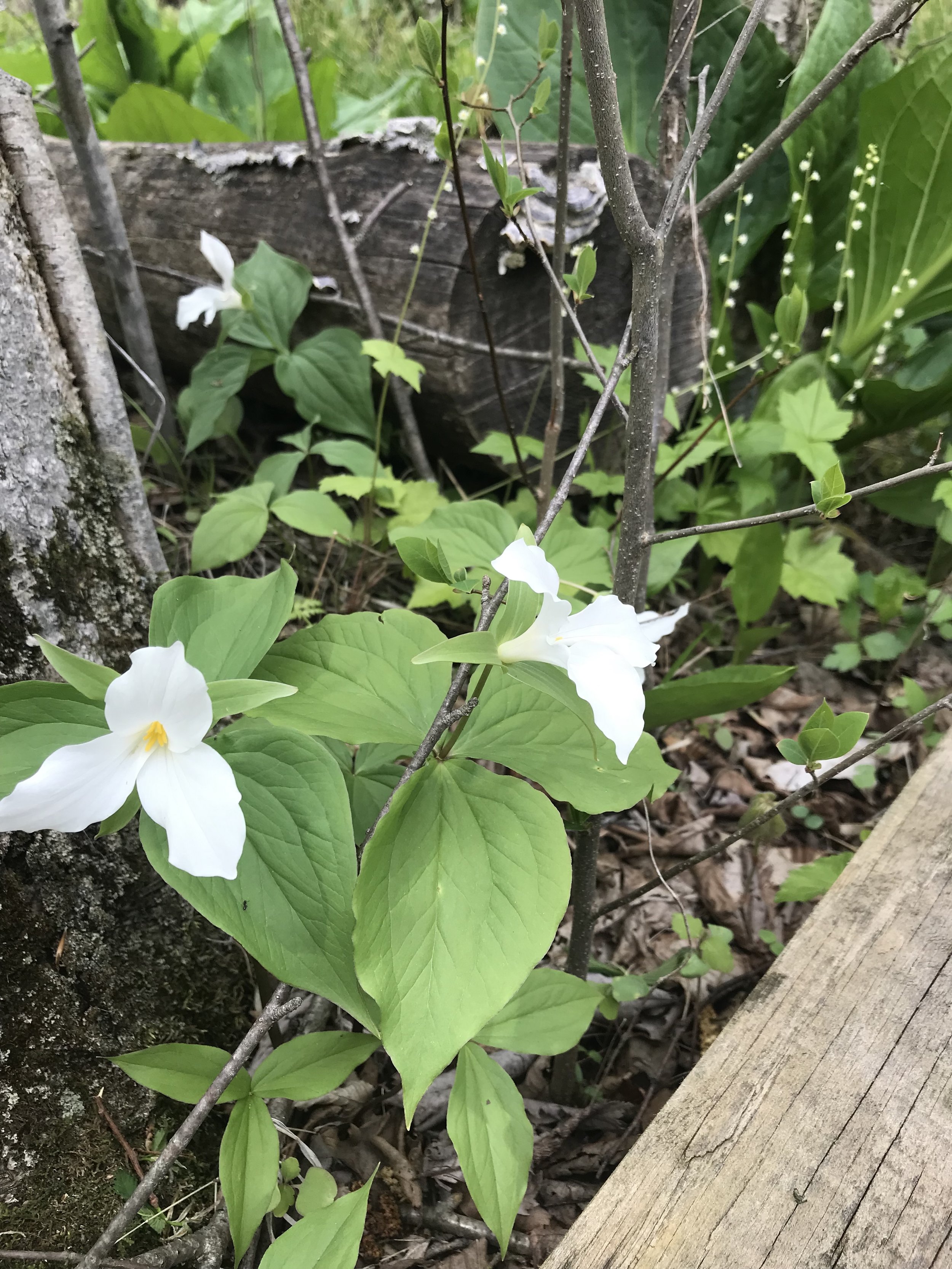 Image 4 of 9
Image 4 of 9

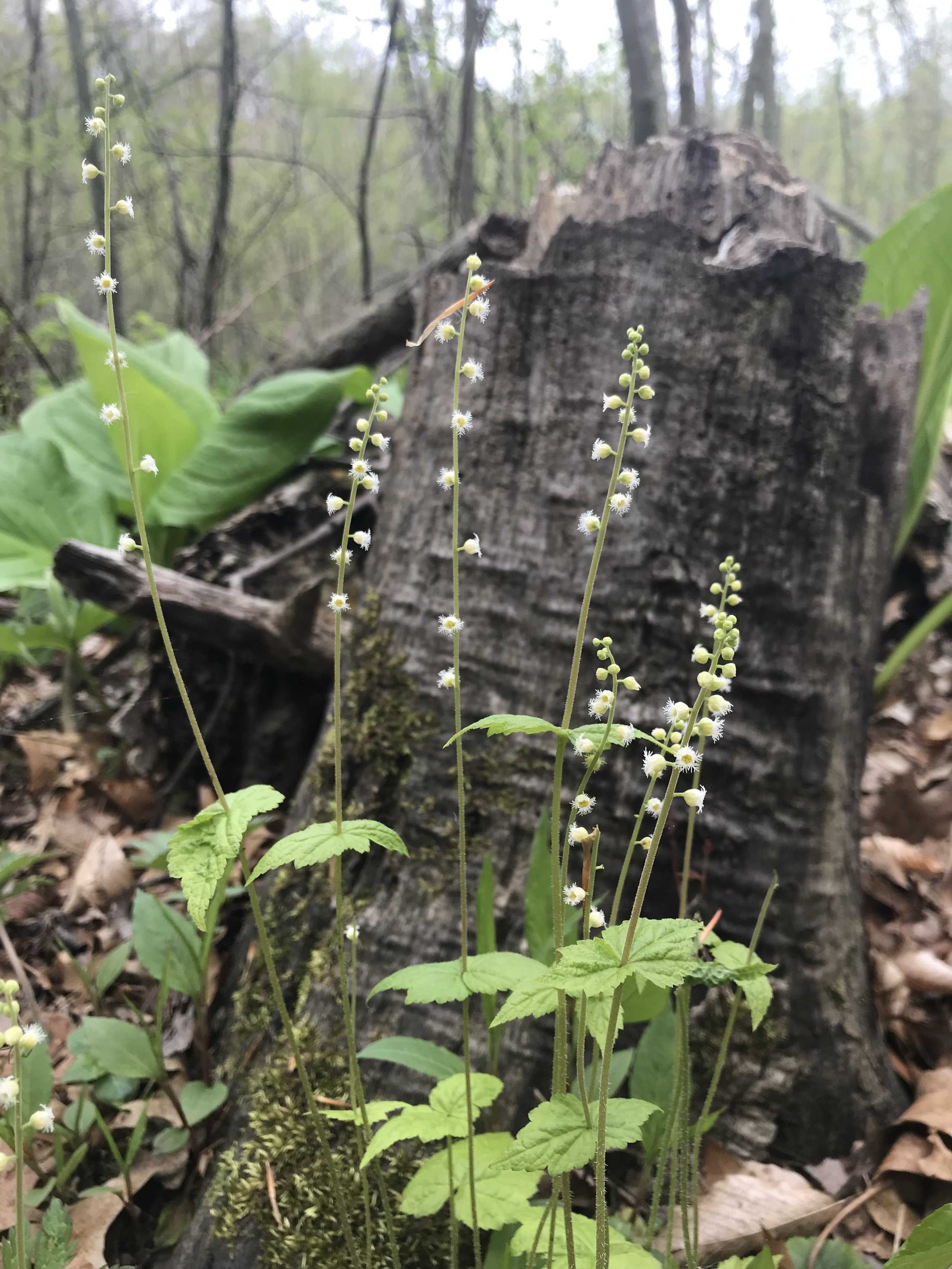 Image 5 of 9
Image 5 of 9

 Image 6 of 9
Image 6 of 9

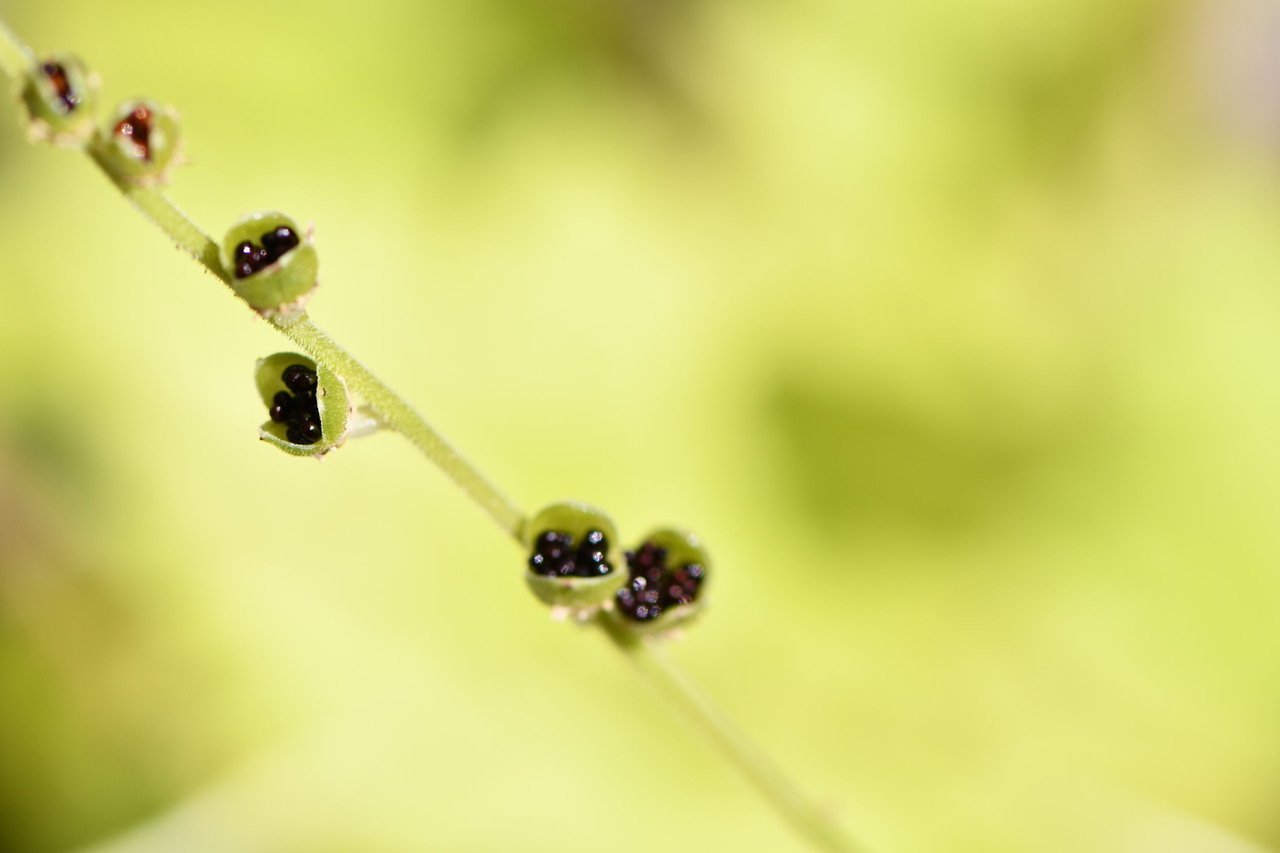 Image 7 of 9
Image 7 of 9

 Image 8 of 9
Image 8 of 9

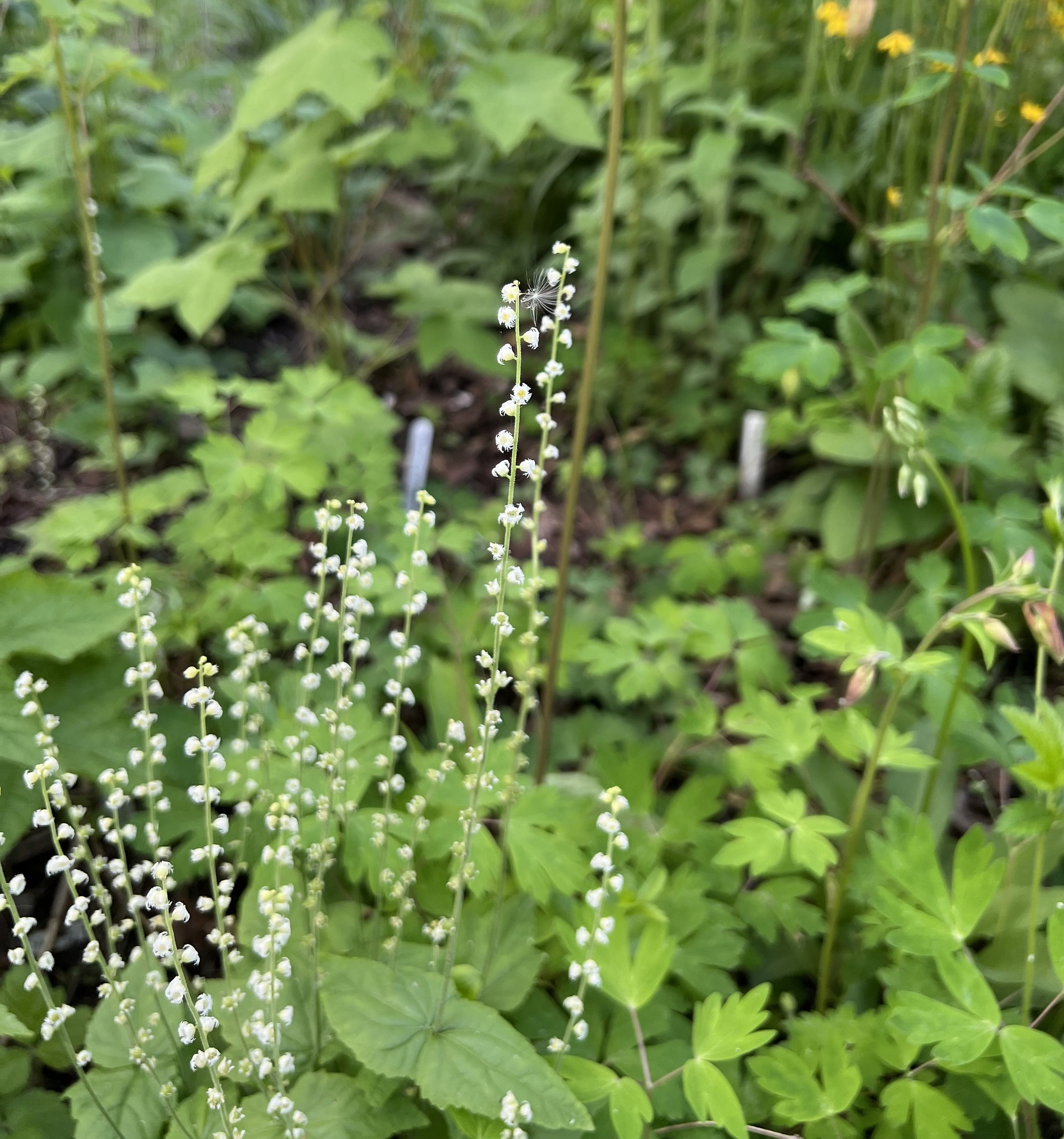 Image 9 of 9
Image 9 of 9










Bishop's Cap (Mitella diphylla)
Bishop’s cap, like Dutchman’s Breeches, seems to belong in a fairy land. The is due to the intricate, tiny white flowers that look like snowflakes. The petals actually consist of very thin lobes and the name for this kind of structure is pinnatifid. Flowers are all along a long stalk coming up from the basal leaves. The pedicels, or flower stalks, are short.
Basal leaves are toothed and have three main pointed tips at the end of the leaf. Along the flowering stalk there is a pair of leaves with a small or absent petiole (leaf stem) and this is the origin of the species epithet, diphylla.
Small flies and bees pollinate bishop’s cap flowers while taking nectar and pollen for food. I have seen mosquitoes on these flowers too. Were they just using it as a landing spot? Or were they collecting food? it has been suggested that more study is needed to find out which insects pollinate this plant.
Once pollinated, the ovary swells into a green ball-shaped pod. After a bit more time, these pods break open revealing the small, shiny black seeds. Like with Foam Flower, seeds are dispersed when rain hits these open pods.
This plant can spread by seed or rhizome.
Bishop’s Cap (Mitella diphylla)
Michigan Flora reference page for state distribution: Bishop’s Cap
height: 12- 18 inches
bloom time: April-May
soil: medium, rich
sun: partial, shade
plant spacing: 12”
flower: white
life cycle: perennial
family: Saxifragaceae
Bishop’s cap, like Dutchman’s Breeches, seems to belong in a fairy land. The is due to the intricate, tiny white flowers that look like snowflakes. The petals actually consist of very thin lobes and the name for this kind of structure is pinnatifid. Flowers are all along a long stalk coming up from the basal leaves. The pedicels, or flower stalks, are short.
Basal leaves are toothed and have three main pointed tips at the end of the leaf. Along the flowering stalk there is a pair of leaves with a small or absent petiole (leaf stem) and this is the origin of the species epithet, diphylla.
Small flies and bees pollinate bishop’s cap flowers while taking nectar and pollen for food. I have seen mosquitoes on these flowers too. Were they just using it as a landing spot? Or were they collecting food? it has been suggested that more study is needed to find out which insects pollinate this plant.
Once pollinated, the ovary swells into a green ball-shaped pod. After a bit more time, these pods break open revealing the small, shiny black seeds. Like with Foam Flower, seeds are dispersed when rain hits these open pods.
This plant can spread by seed or rhizome.
Bishop’s Cap (Mitella diphylla)
Michigan Flora reference page for state distribution: Bishop’s Cap
height: 12- 18 inches
bloom time: April-May
soil: medium, rich
sun: partial, shade
plant spacing: 12”
flower: white
life cycle: perennial
family: Saxifragaceae
Several spring wildflowers are in the Saxifrage family (Saxifragacea) . Bishop’s Cap, Foam Flower, Prairie Alum Root, and Early Saxifrage all fall into this category (bolded species are the ones we sell). They consist of basal leaves with stalks, the flowers small and growing off the stalks. There is another plant in the Mitella genus called Mitella nuda. It is a smaller plant overall, with slightly larger, cream colored flowers.

